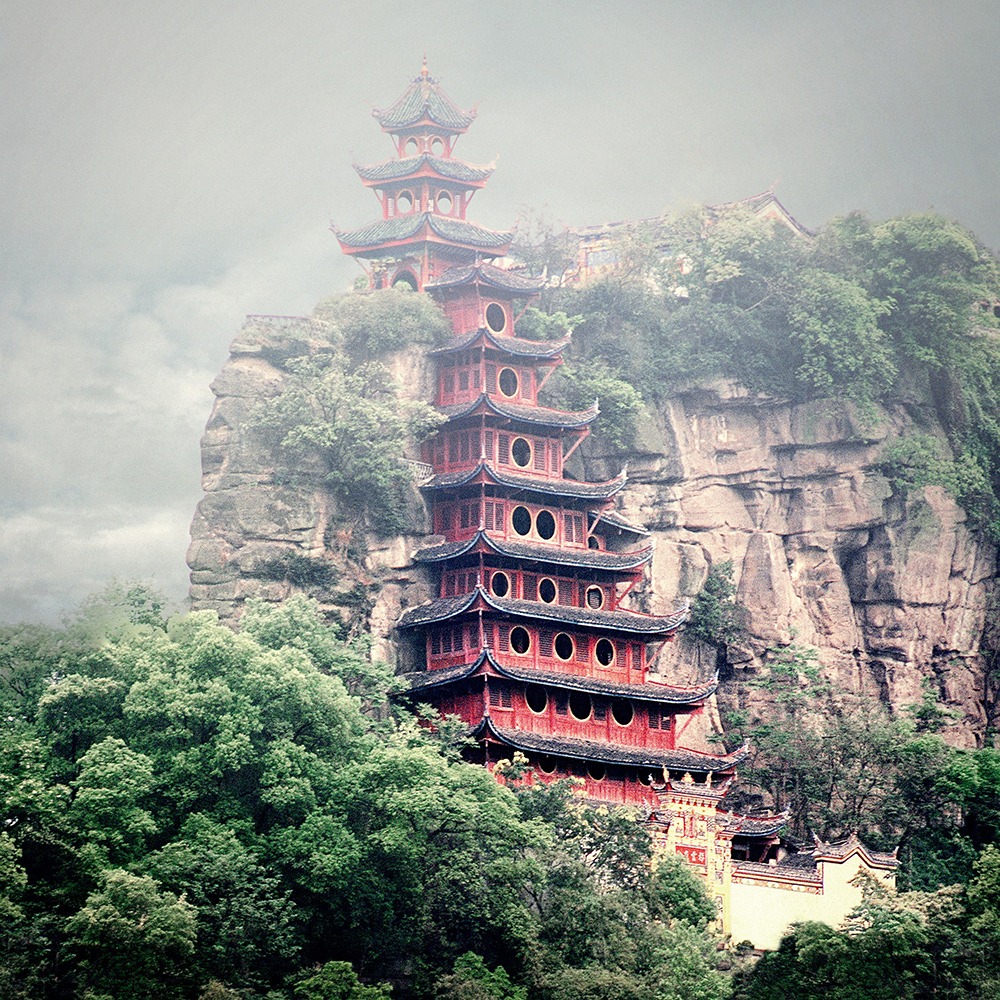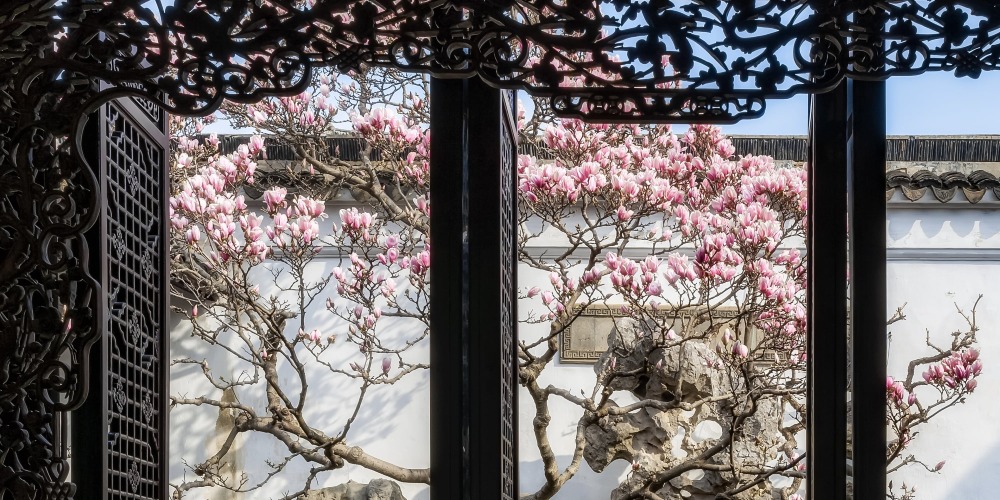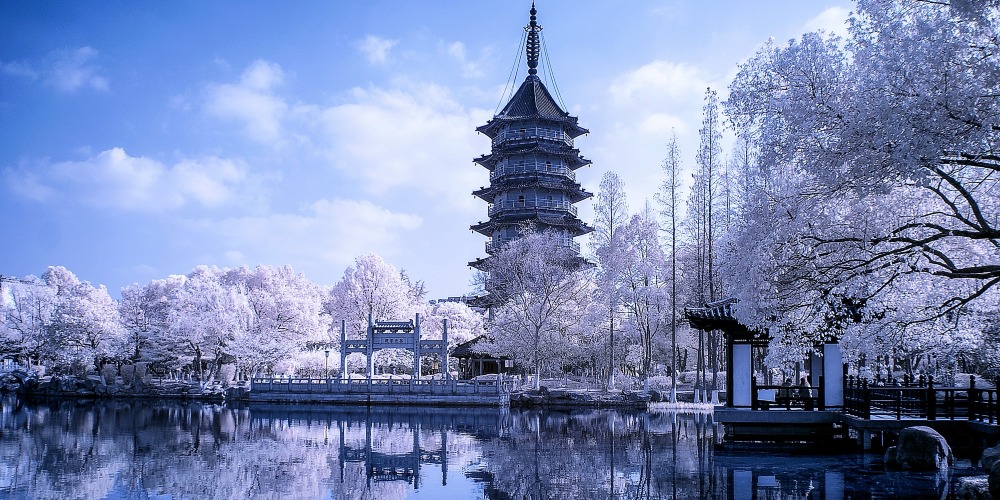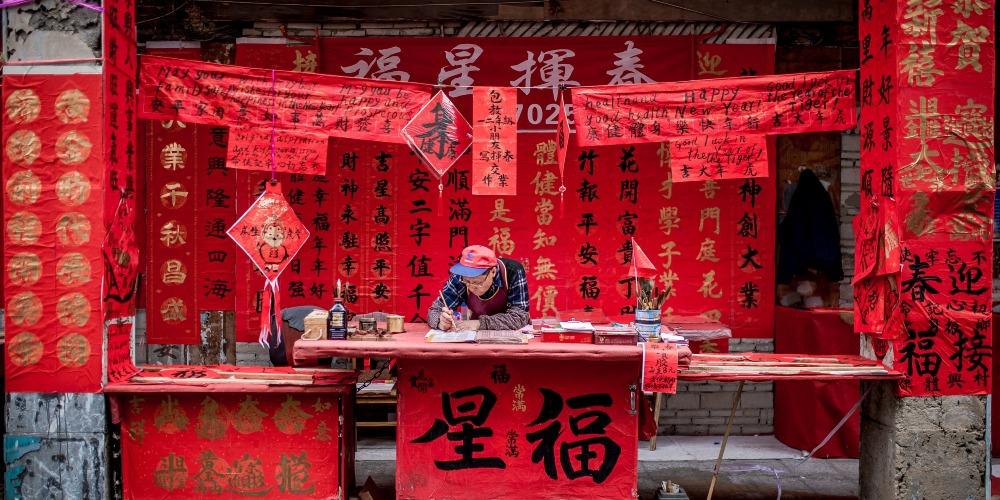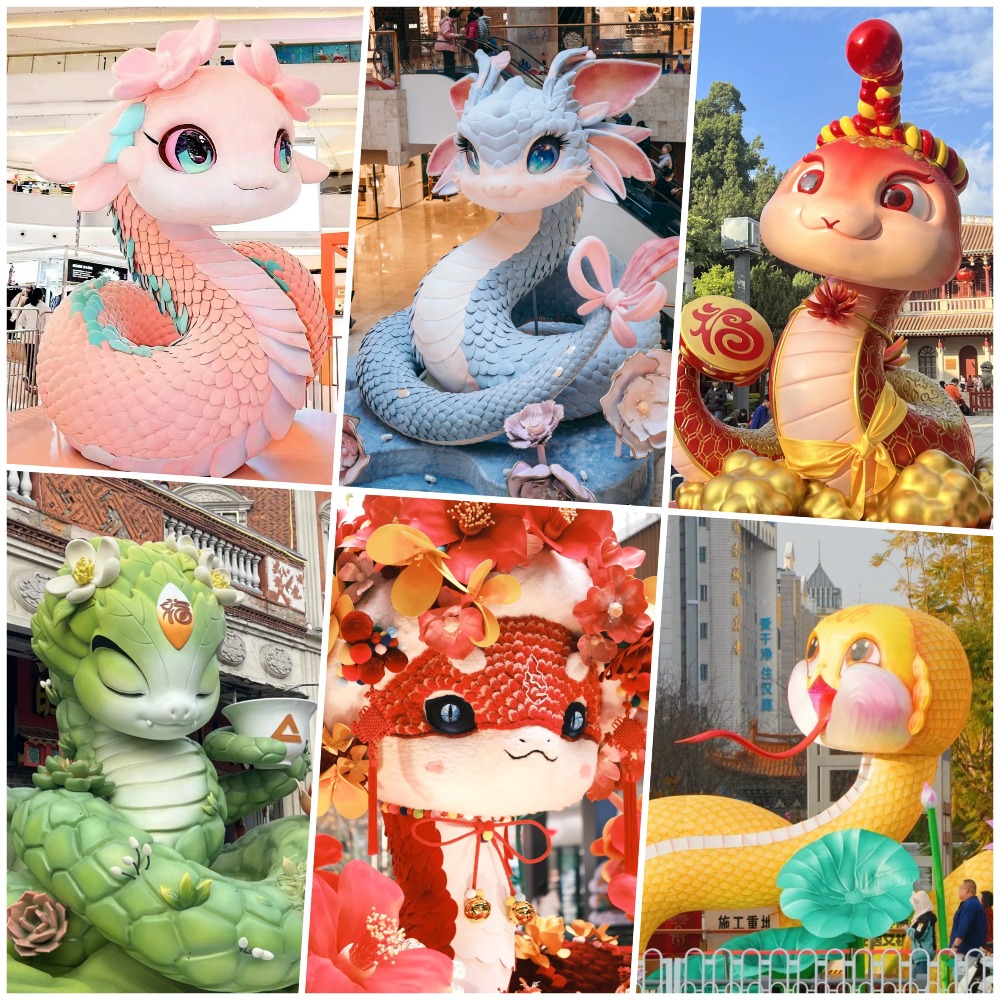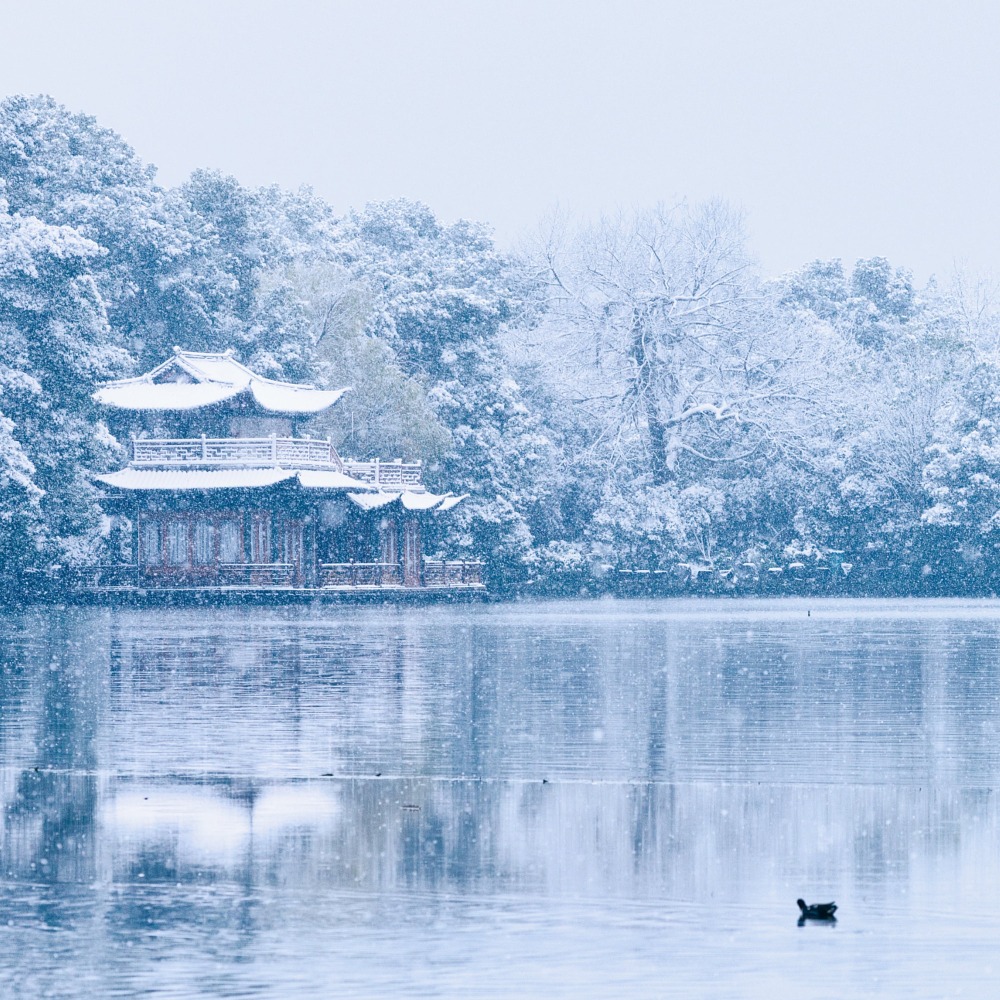Published : 2023-11-29
On the northern bank of the Yangtze River in Chongqing, there stands the "World's First Great Penjing", called Shibaozhai.
It is the largest existing cantilevered wooden structure in China and also a witness to the Three Gorges Dam of the Yangtze River.
Legends about Shibaozhai and the story of Nuwa mending the sky
According to folklore, when Nuwa (女媧) mending the sky, she left a huge colourful stone on the north side of the Yangtze River, called "Shibao", which is also known as "Jade Seal Mountain" because of its jade-like shape. Shibaozhai has been built on that mountain for more than 400 years, hence its name.

The 12-storey, 56-metre-high tower with red walls and green tiles was built in the Qing Dynasty. It is the largest and most multi-storey wooden structure building in China.

Looking from afar, Shibaozhai looks like a giant "Penjing" (盆景) which is a kind of ancient Chinese art of depicting artistically formed trees, floating on the river surface, with rocks, trees, pavilions, terraces and pavilions, delicate and magnificent. Therefore, it has the reputation of "Pearl on the River" and "Little Penglai" on the Yangtze River, and has also been called by the media as one of the "Seven Wonders of China", which is comparable to the Forbidden City in Beijing, the Great Wall of China, and the Giant Buddha in Leshan.

How did Shibaozhai, built on a hill, become a "Penjing" in the water? It all started at the beginning of this century.
Shibaozhai witnessed the heritage "rescue" project of the Three Gorges Dam
In 2003, when the Three Gorges Dam Project on the Yangtze River first impounded water, in order to avoid Shibaozhai from being submerged, the authorities included it in the 'Three Gorges Reservoir Key Cultural Relics Protection Project'. The conservation project was launched in 2005 with the construction of a cofferdam for Shibaozhai, which took nearly four years and cost 110 CNY million.
Read more: How was the Three Gorges Dam, the world's largest water conservancy project built?
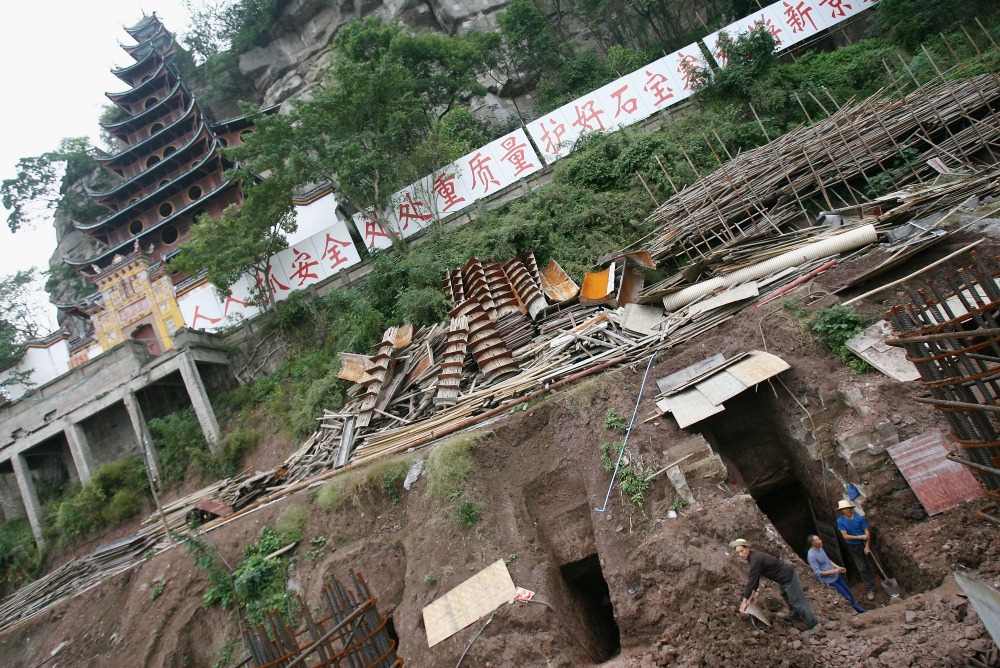
The 178-metre-high cofferdam was built using the design concept of the Chinese art of "Penjing", using green stones to imitate natural forms. It is more than 500 metres long and encloses the "Jade Seal" Mountain.
After the water level in the Three Gorges Reservoir reached 175 meters, Shibaozhai became like a 'bonsai' floating on the surface of the water, connected to the land by a 240-meter long iron chain bridge. After it reopened to the public in 2009, it quickly became a new tourist hotspot in Chongqing.

While building the Three Gorges Dam, China also implemented the largest scale, widest range, and most participant cultural relics protection project to date, carrying out emergency protection of cultural relics and buildings along the line. More than 1,100 cultural relics have been protected, and 250,000 pieces (sets) of cultural relics have been safely unearthed.
Shibaozhai is regarded as a representative of the Three Gorges Cultural Relics Protection Project, and is known as the "Four Great Pieces" along with the protection projects of Baiheliang in Fuling, Zhangfei Temple in Yunyang, and Dachang Ancient Town in Wushan.
Read more: China's Atlantis? The thousand-year-old ancient city under Qiandao Lake

